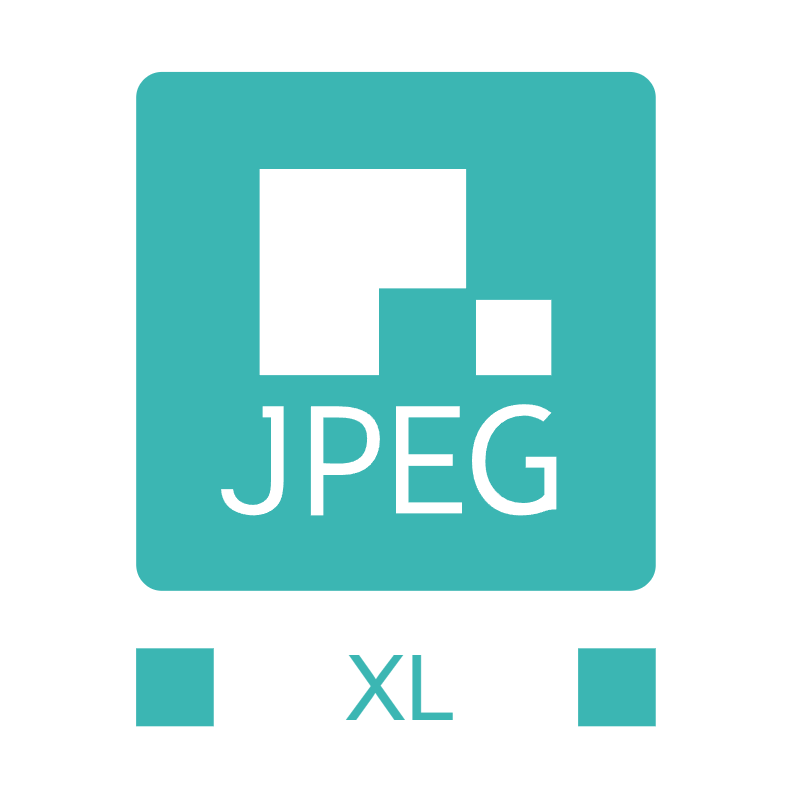Edit: here are the wallpapers if you want to try to reproduce my results: https://drive.proton.me/urls/3JQS48SPQR#TmgLx07up1qg. The heic is a container that includes the light and dark variant. I used magick to split it into two PNGs. I then used the PNGs to create the lossless JXLs and AVIFs.
I really like some of Apple’s wallpapers, but use Linux. Since I care about quality, I took Apple’s official wallpapers and have been converting them from heic to more Linux friendly formats.
Originally, I went for JPEG XL. Though there were two issues bothering me. First, the colors of the image noticeably changed when converting to JPEG XL, though that could an issue with the converter (I’ve been using Switcheroo, though I’m not sure which backend it uses). The second issue is that JPEG XL takes longer to load images than other formats.
I then started experimenting with AVIF and had some pretty good results. First, there’s no color change. Second, at least with lossless conversion, AVIF uses significantly less space. AVIF used 15.8MB, JXL used 24.4MB, and PNG used 36.7MB. I’m not sure if it’s faster than JXL since I’m testing on different, much slower hardware at the moment.
AVIF also, seemingly, I’m not 100% sure, supports progressive decoding: https://github.com/AOMediaCodec/libavif/pull/640


@that_leaflet I agree with the commenters there: it’s weird. I once researched image formats for a website of mine and JPEG XL showed better results in compression. It was slower (as I had to use a WASM-based decoder for browsers which not implement it), but I expected it to improve with time as long browsers implement it. But I can be biased: I used up to 1080p anime images. Also, I wanted progressive loading, which, at that time, AVIF didn’t supported.
Which makes me ponder: since AVIF now supports progressive loading, I guess I can use it in my website and avoid the WASM decoder. :ThinkCatgirl: